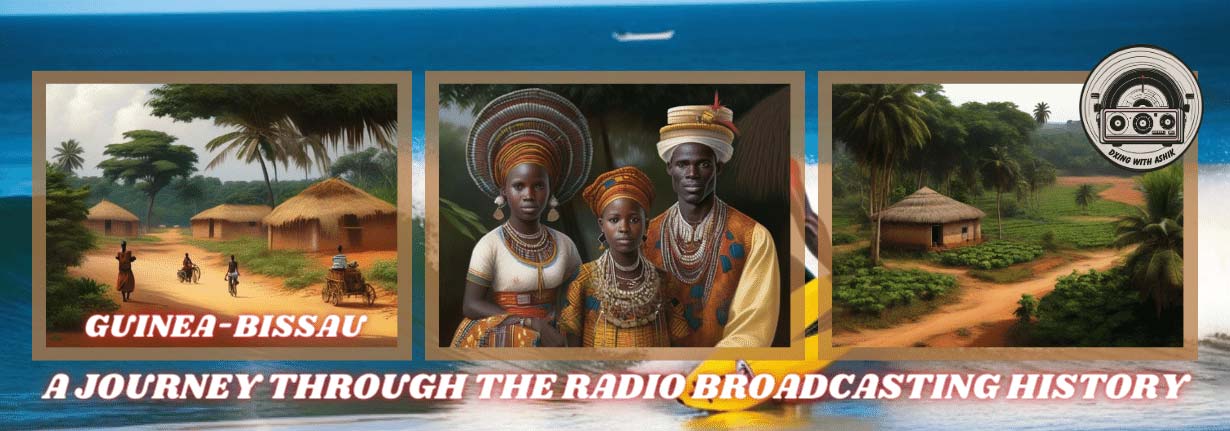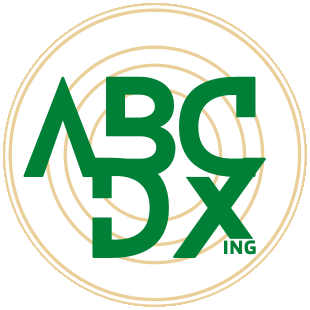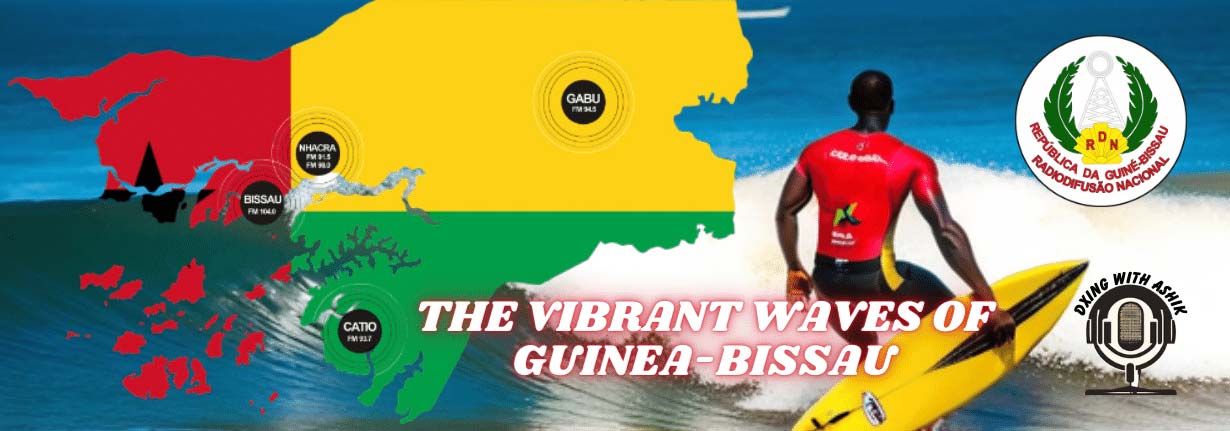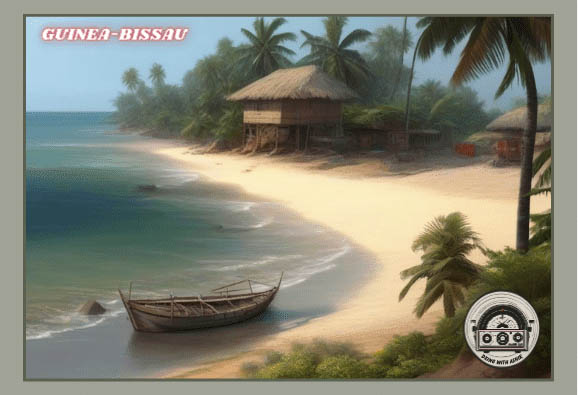Guinea-Bissau, a small West African nation with a rich tapestry of cultural diversity, has a fascinating history of radio broadcasting that mirrors the country's journey from colonial rule to independence. Radiodifusao Nacional da Guinea-Bissau (RDN), or Rádio Nacional, stands as a testament to the power of communication in shaping the narrative of a nation. In "The Vibrant Waves of Guinea-Bissau: A Journey through Radio Broadcasting History", we will delve into Guinea-Bissau's radio broadcasting timeline. It also explores the evolution from colonial-era transmissions to today's vibrant and diverse RDN.
Vibrant Waves of Guinea-Bissau: Profile
Station and Frequency
Radiodifusao Nacional da Guinea-Bissau (RDN) has operated Four radio stations. Those stations cover the major four areas of the country: Bissau, Nhacra, Catió, and Gabu. It has to be noted that Guinea-Bissau has eight Regions and one Autonomous sector (Bissau). According to the RDN declaration, they have covered around 80% of the country through the Frequency Modulation band*.
| Station (Region) | FM (MHz) | Power (kW) |
| Bissau (Bissau) | 104.0 | 5 |
| Gabú (Gabú) | 94.5 | 5 |
| Nhacra (Oio) | 91.5 | 10 |
| Catió (Tombali) | 98.0 | 5 |
Transmission Languages
While Portuguese serves as the primary language of broadcast, the RDN is firmly committed to reflecting the nation's rich linguistic tapestry. To this end, a significant portion of its programming and news broadcasts are delivered in the following national languages*:
| Creole | Fula | Balanta |
| Susu | Manchanha | papel |
| Bijagó | Felupe | Mandinga |
| Manjaco | Beafada | Balanta Mané |
| Pajadinca | Nalú |
Traditional Mail:
Avenida Domingos Ramos National War Navy
Marinha de Guerra Nacional, Bissau
Web: https://rdngbissau.gw
Email: [email protected]
International Radio in
Guinea-Bissau
RDP África
|
City |
Frequency (MHz) |
Power (KW) |
|
Nhacra |
88.4 |
0.25 |
|
Catió |
96.9 |
0.25 |
|
Gabú |
100.0 |
0.25 |
Radio France International
Afrique
|
City |
Frequency (MHz) |
Power (KW) |
|
Nhacra |
94.0 |
10 |
|
Catió |
101.5 |
5 |
|
Gabú |
103.6 |
5 |
Timeline of the Vibrant Waves of Guinea-Bissau

1944-1966: The Official Broadcaster of Portuguese Guinea
- April 1944: "Bissau Station" established, dependent on the central department of Post Telegraph and Telephone Services (CTT).
- October 9, 1946: Reorganized and renamed "Emissora da Guiné," primarily rebroadcasting programs from Lisbon.
- May 30, 1966: Renamed "National Broadcasting Broadcaster" with the installation of a regional broadcaster in the Province of Portuguese Guinea.
1966-1974: Shifting Narratives Amidst Independence Struggle
- The broadcaster underwent its first major transformation, introducing varied programs such as "Programa da Manhã" and "Ecos da Província."
- Guinea-Bissau War of Independence (1963–1974) drastically altered programming, with a significant part handed over to the Department of Civil Affairs and Psychological Action (REPACAP).
- 1971: The radio transforms into the "Official Broadcaster of Portuguese Guinea" (EOGP) as part of counter-propaganda efforts during the war.
1964-1974: Liberation Radio Emerges
- In 1964, "Rádio Libertação" (RL) took its first steps, an initiative of the African Party for the Independence of Guinea and Cape Verde (PAIGC).
- July 16, 1967: RL begins regular broadcasts from its studio in Conakry, countering Portuguese counter-propaganda efforts with programs like "Programa do Soldado Português" and "Comunicado de Guerra."
1974-1975: Unification and Independence of the Vibrant Waves of Guinea-Bissau
- September 10, 1974: Portugal recognizes Guinea's independence, leading to the merger of the Official Broadcaster of Portuguese Guinea and Rádio Libertação to form "Rádio Bissau."
- 1975: Rádio Bissau became "National Broadcasting" after Guinea-Bissau declared independence.
1995-2003: Merging Media
- The Guinean government merged public television and radio services between 1995 and 2003, creating "Radio and Television of Guinea-Bissau" (RTGB).
2003-Present: The Birth of RDN
- In 2003, "Radiodifusao Nacional da Guinea-Bissau" (RDN) operated independently, marking a new chapter in Guinea-Bissau's broadcasting history.
Conclusion of the Vibrant Waves of Guinea-Bissau
From the early days of limited broadcasts under colonial rule to today's vibrant and diverse RDN, Guinea-Bissau's radio broadcasting journey reflects the resilience and determination of a nation striving for its voice. RDN continues to play a crucial role in connecting communities. Also, preserve cultural heritage and foster unity in this unique West African nation.



